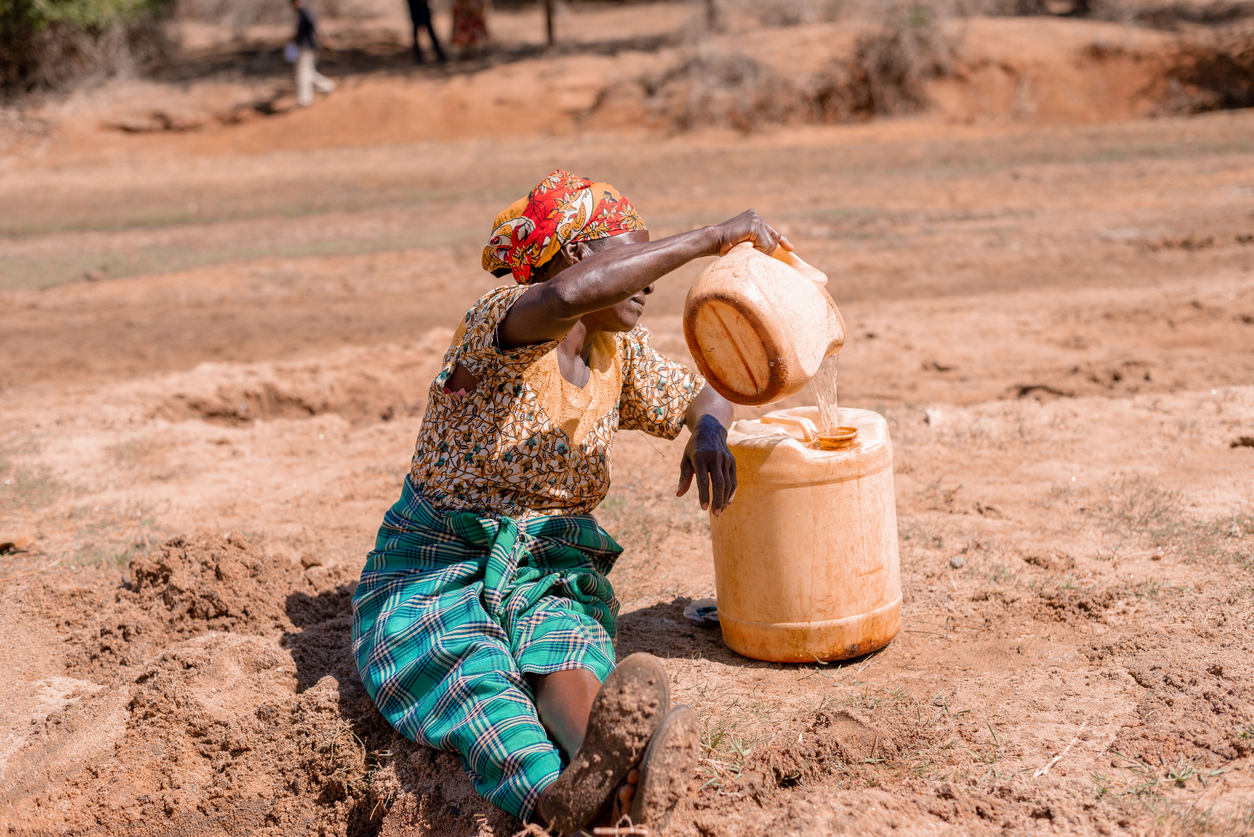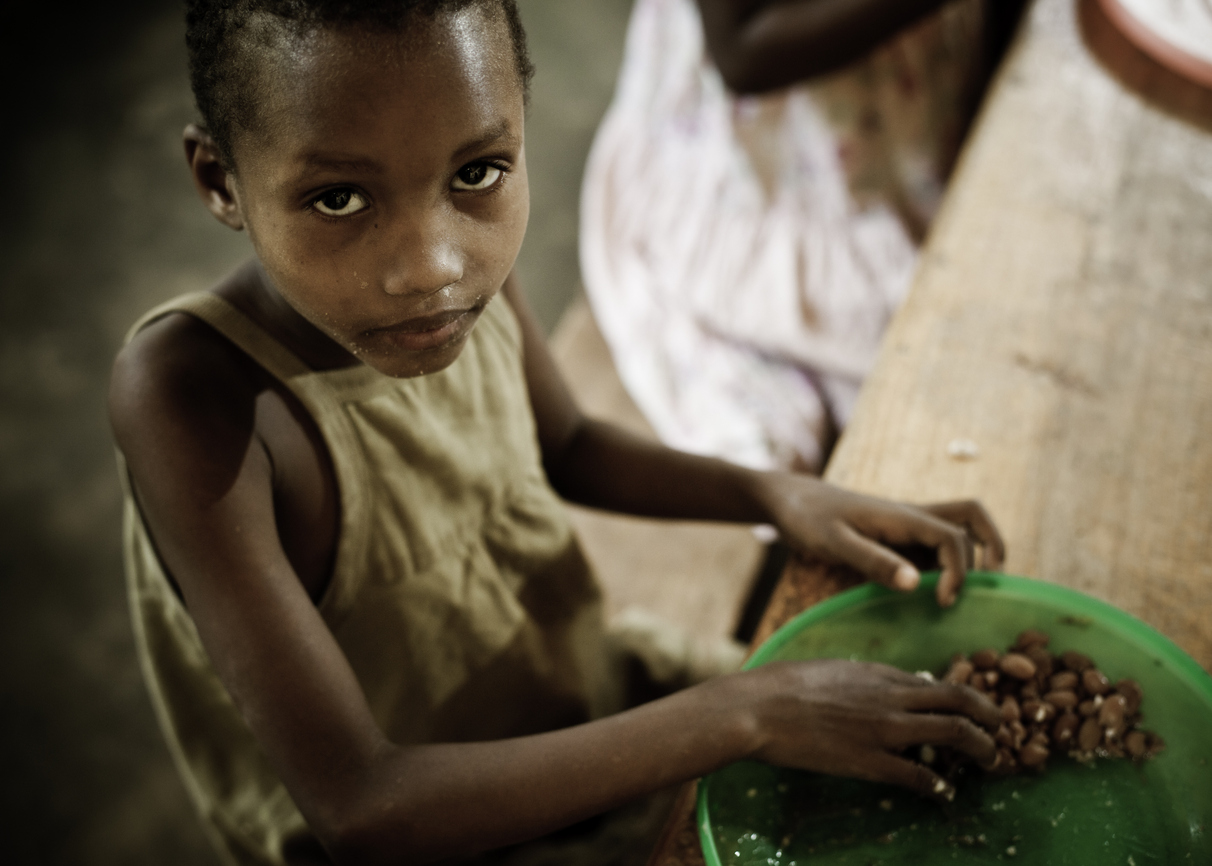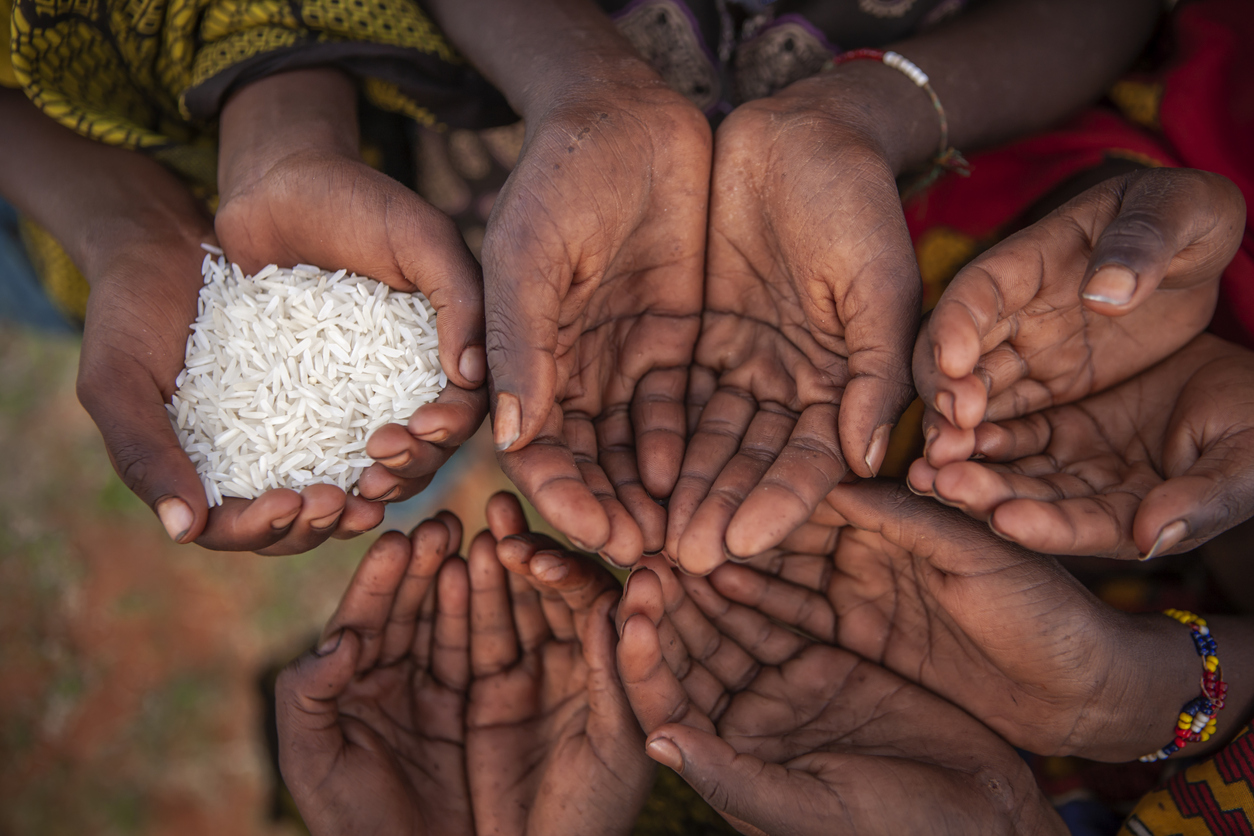Four Ways Climate Change Undermines Social Justice and What We Can Do About It
On World Day of Social Justice, GCA’s Global Lead on Locally Led Adaptation, Anju Sharma, recounts the ways in which climate justice and social justice go hand in hand and how locally led adaptation can ignite the transformation needed to “overcome barriers and unleash opportunities for social justice,” the theme for this year’s United Nations observance.
O n World Day of Social Justice Day, let us count the ways in which climate change amounts to a denial of social justice for millions – and what we can do about it.
1. The world’s poor did not cause climate change, but face its worst consequences

Variations of this sentence are repeated to a point of numbness and cliché. It therefore deserves elaboration and illustration: the difficult lives of the poor are made infinitely more difficult by climate change, causing untold psychological and physical distress.
Consider Lomilio Ewoi, a pastoralist in Kenya, who lost hundreds of goats to floods – and then his family, who left him as a result. His friends persuaded him to live on and supported him by donating some of their own goats. “God has really changed,” he says. “I thought that it would rain and the goats I was given would multiply. But now, they too are dying from the drought.”
Or Esther Elaar, whose daily trek for water is made longer by climate change-induced drought. She walks two hours even when heavily pregnant, to reach wells dug where rivers used to be, and carries back 20 liters of water each day.
Or Ekanonyoi Lomosia, who miscarried at five months while fetching water.
For them, global society is not just. They are more exposed to climate impacts, lose more when climate-related disasters strike, and have less to cope with the consequences.
Indeed, the houses of the poor are more likely to be damaged due to flooding, the cumulative costs of repairs add up to a greater proportion of their income, and they most often have no savings or access to credit to fall back on. They pay the price of the world’s inadequate climate mitigation and adaptation efforts – often without even knowing it, let alone being able to hold anyone to account.
2. Climate change is making it more difficult for the poor to escape poverty

In a world without climate change, Esther, Ekanonyoi and Lomilio may have stood a better chance of gaining access to basic rights like water and secure livelihoods within their lifetimes. Instead, the abilities of their governments to deliver these basic rights are further constrained by the additional demands made by climate change – for adaptation, mitigation, and dealing with loss and damage. They either stay in poverty, or are made even poorer by climate disasters.
Climate change exacerbates economic inequality between countries – per capita GDP today is lower for most poor countries than if global warming had not occurred. This has everyday implications on the ability of poor countries to deliver basic services to their citizens or to invest to make progress on the Sustainable Development Goals. Climate change is also an additional strain on countries with weak political institutions and limited resources and capacity.
A single climate disaster without immediate and effective response by governments can have knock-on impacts for generations – for instance, due to the loss or distress sale of critical household livelihood assets like cattle, or the reduced ability of households to invest in the health and education of children.
3. Climate change is increasing competition for scarce resources

Economic inequality is also rising within countries, between groups that are affected by climate change and those that are not. At the same time, critical resources such as food, water, arable land and forests are getting scarcer. Access to common property resources is shrinking for the poor and marginalized, restricting access to cheaper sources of food, livelihood, energy and housing. The resulting social tensions and conflicts further constrain and compromise the development prospects for the poor.
4. Those who are hit hardest have the least say in how climate change is addressed

Globally and nationally, the poor tend to be excluded from climate-related decision-making processes. Policies and processes are designed in ways that either exclude them or overlook their capacities. Their needs are underprioritized and there is underinvestment in their priorities. This includes, for instance, decisions on the priorities of climate finance or the modalities of its delivery, on the priorities of climate change research or of investments in technologies. Or even on the ways in which progress in addressing climate threats and reducing their impacts is measured.
This often results in maladaptation, making vulnerable people even more vulnerable, and in the ineffective use of scarce climate finance. This is why the Global Center on Adaptation (GCA) launched the Global Hub on Locally Led Adaptation, to empower local communities and governments with the financial, scientific and technical resources and capacity they need.
GCA’s Global Hub aims to support 1 million climate-vulnerable migrants in Bangladesh and serves as a global platform on climate adaptation to inspire, connect, and inform local communities and Locally Led Adaptation practitioners around the world.
What can we do about it?
Making the process of accessing climate finance too difficult for affected communities, and not allowing them to decide how it is used, is a further miscarriage of justice that compounds an existing wrong. To set this right, the global community will have to transform how global finance and additional capacity and technology are delivered, and under what conditions.
The Principles on Locally Led Adaptation point to eight clear ways in which we can make this happen: Devolving finance and decision-making to local institutions and communities, actively supporting leadership by the traditionally marginalized, ensuring development of local capacity to deal with unpredictable climate risks, and making sure that communities are the final arbiters of the effectiveness of climate finance and action.
Each of these calls for transformational change, including the ways in which global and national institutions function, and policies and processes are designed. Unless we are willing to make this transformation happen, the impacts of climate change will continue to make social justice and repairing the fractured social contract more and more of an impossible dream.
Visit the Global Center on Adaptation’s Global Hub on Locally Led Adaptation to be inspired by stories of how communities around the world are working against the odds to adapt to climate change.

Anju Sharma is GCA’s Global Lead on Locally Led Adaptation. She has been Deputy Director of Oxford Climate Policy and Head of the Policy and Publications Unit of the European Capacity Building Initiative. She is an Associate with the Stockholm Environment Institute and has been a Consultant with the International Institute for Sustainable Development and Visiting Fellow at the International Institute for Environment and Development. Ms. Sharma has previously worked with the UN Environment Programme in Kenya, Oxfam GB in the UK, and the Centre for Science and Environment in India. She has also worked as a Consultant for a number of international organizations, including the Secretariat of the UN Framework Convention on Climate Change and the UN Development Program.
Related blog posts:
Explore the Global Hub on Locally Led Adaptation